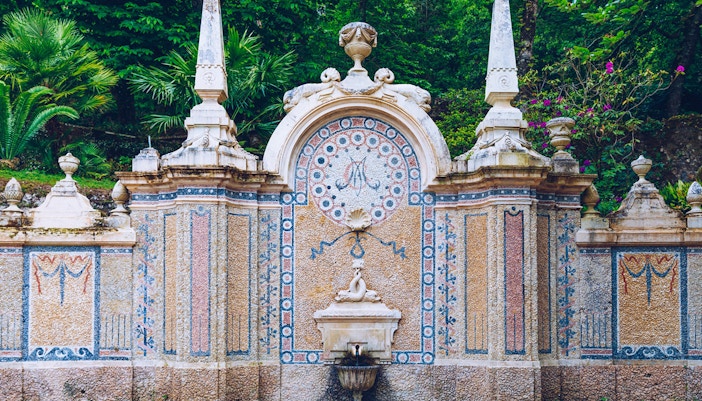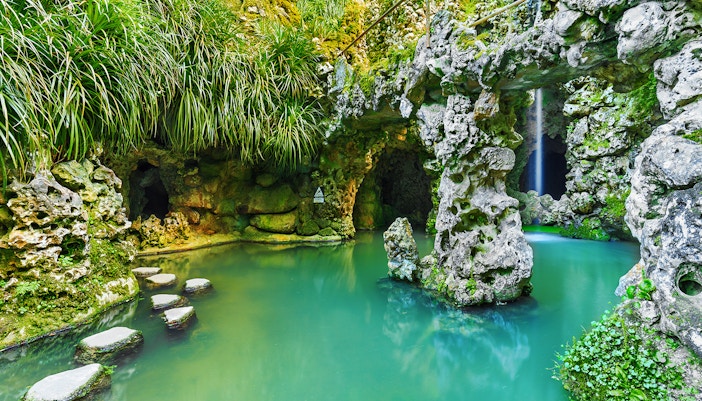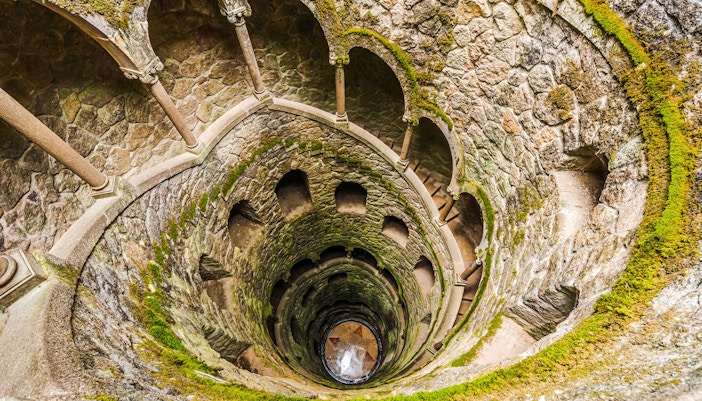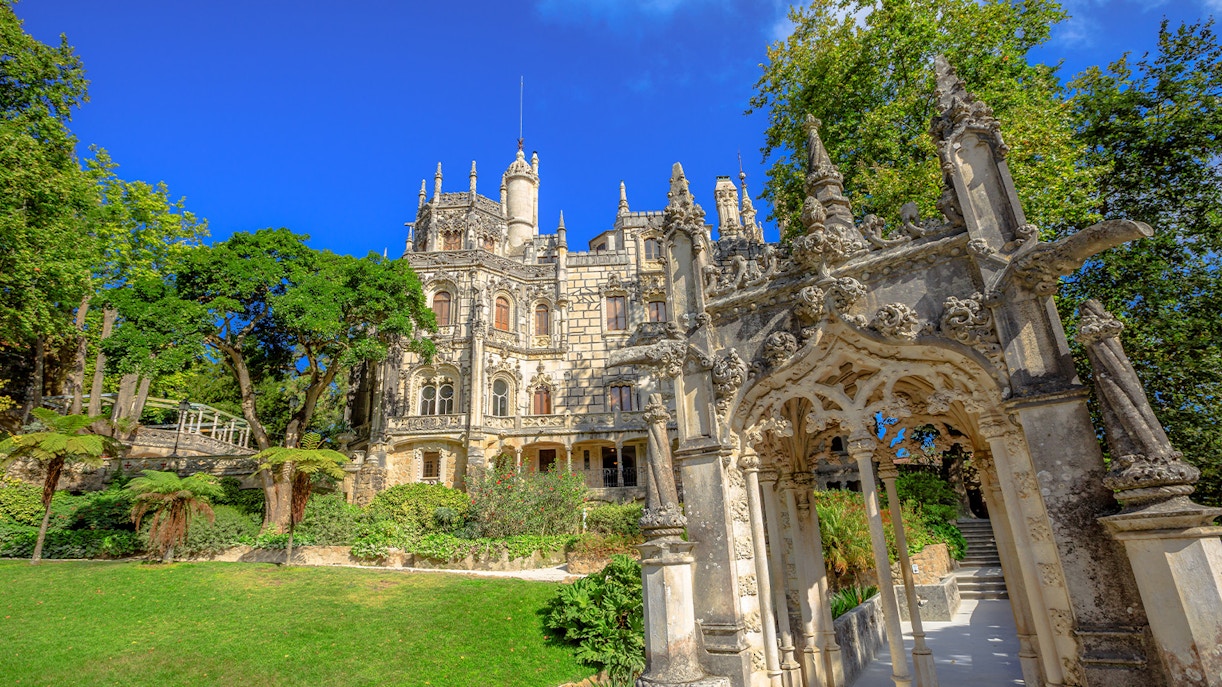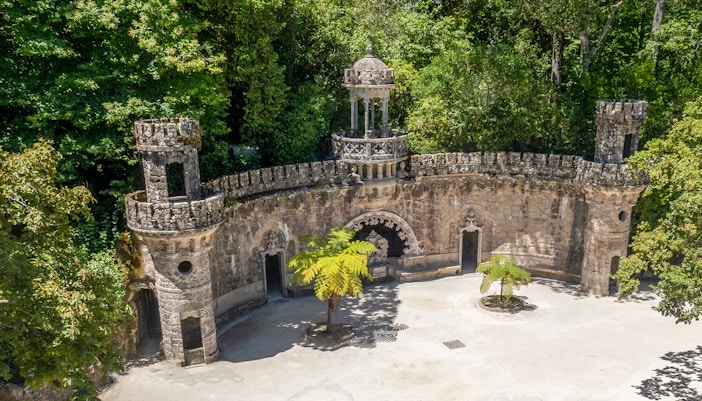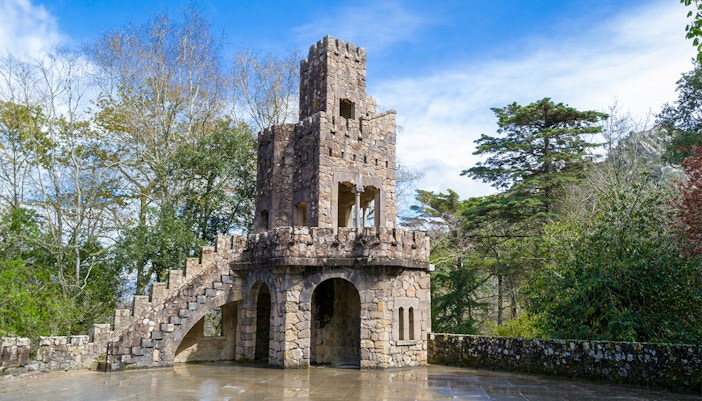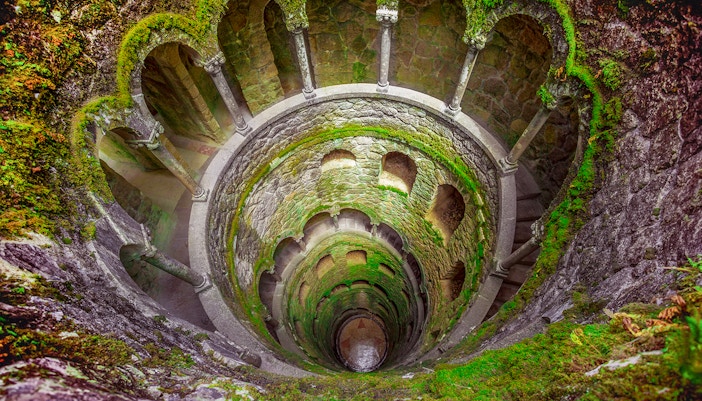Quinta da Regaleira was conceptualized by António Augusto Carvalho Monteiro and he hired architect Luigi Manini to build it. Construction of the estate took place between 1904 and 1910. The estate featured a variety of architectural styles and was adorned with symbolic motifs reflecting Carvalho Monteiro's interests and ideologies, specifically in Freemasonry and the Knights Templar. The initiation well on the property is perhaps the most important example of his esoteric beliefs.

